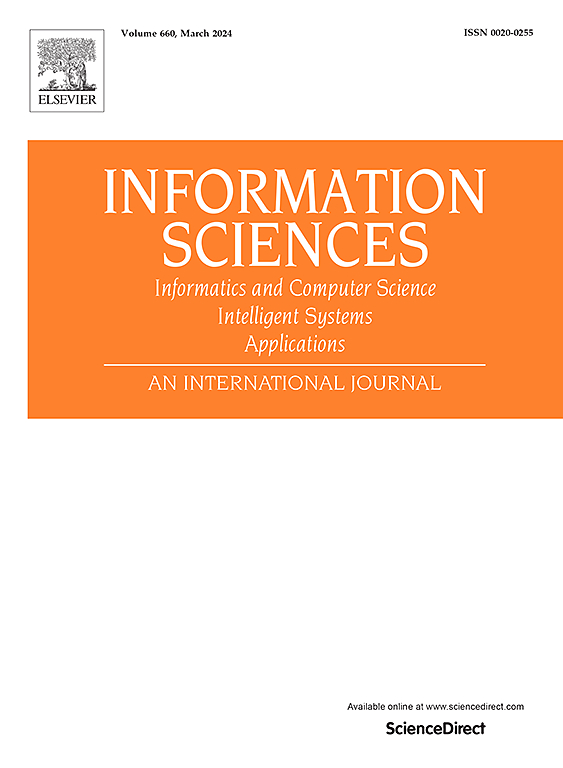多粒度谱图粗化
IF 6.8
1区 计算机科学
0 COMPUTER SCIENCE, INFORMATION SYSTEMS
引用次数: 0
摘要
图粗化是在保留基本结构特征的同时简化大规模图表示以提高图处理计算效率的过程。传统的技术主要是通过节点和边缘合并来减小图的大小,但往往不能充分保留全局光谱特性和局部结构细节。真实世界的图形表现出固有的层次复杂性,包括精确分析所必需的关键全局拓扑模式和局部结构特征。为了解决这些限制,我们提出了一个多粒度谱图粗化(MGSGC)框架,该框架通过多粒度操作系统地将谱图分析与局部结构保存相结合。我们的方法从分层图分解开始,其中节点合并生成结构均匀的子图。归一化拉普拉斯矩阵的谱分析指导迭代粗化优化,使用谱距离度量来识别需要细化的子图。双分辨率机制同时保留了全局光谱特征和局部连接模式,确保了宏观和微观结构信息的保留。跨多个基准数据集的综合实验表明,MGSGC优于最近的方法,实现了更高的准确性、更好的结构保存和对标签噪声的强弹性,确保了在现实场景中的稳健性能。代码可从https://anonymous.4open.science/r/MGSGC/获得。本文章由计算机程序翻译,如有差异,请以英文原文为准。
Multi-granularity spectral graph coarsening
Graph coarsening is the process of simplifying large-scale graph representations while preserving essential structural characteristics to improve computational efficiency in graph processing. Conventional techniques primarily reduce graph size through node and edge merging but often inadequately preserve both global spectral properties and local structural details. Real-world graphs exhibit inherent hierarchical complexity comprising critical global topological patterns and local structural features necessary for accurate analysis. To address these limitations, we present a Multi-Granularity Spectral Graph Coarsening (MGSGC) framework that systematically integrates spectral graph analysis with local structural preservation through multi-granularity operations. Our approach initiates with hierarchical graph decomposition, where node merging generates structurally homogeneous subgraphs. Spectral analysis of normalized Laplacian matrices guides iterative coarsening optimization, using spectral distance metrics to identify subgraphs requiring refinement. A dual-resolution mechanism preserves global spectral signatures and local connectivity patterns simultaneously, ensuring retention of both macroscopic and microscopic structural information. Comprehensive experiments across multiple benchmark datasets demonstrate that MGSGC outperforms recent methods, achieving higher accuracy, superior structural preservation, and strong resilience to label noise, ensuring robust performance in real-world scenarios. Code is available at https://anonymous.4open.science/r/MGSGC/.
求助全文
通过发布文献求助,成功后即可免费获取论文全文。
去求助
来源期刊

Information Sciences
工程技术-计算机:信息系统
CiteScore
14.00
自引率
17.30%
发文量
1322
审稿时长
10.4 months
期刊介绍:
Informatics and Computer Science Intelligent Systems Applications is an esteemed international journal that focuses on publishing original and creative research findings in the field of information sciences. We also feature a limited number of timely tutorial and surveying contributions.
Our journal aims to cater to a diverse audience, including researchers, developers, managers, strategic planners, graduate students, and anyone interested in staying up-to-date with cutting-edge research in information science, knowledge engineering, and intelligent systems. While readers are expected to share a common interest in information science, they come from varying backgrounds such as engineering, mathematics, statistics, physics, computer science, cell biology, molecular biology, management science, cognitive science, neurobiology, behavioral sciences, and biochemistry.
 求助内容:
求助内容: 应助结果提醒方式:
应助结果提醒方式:


